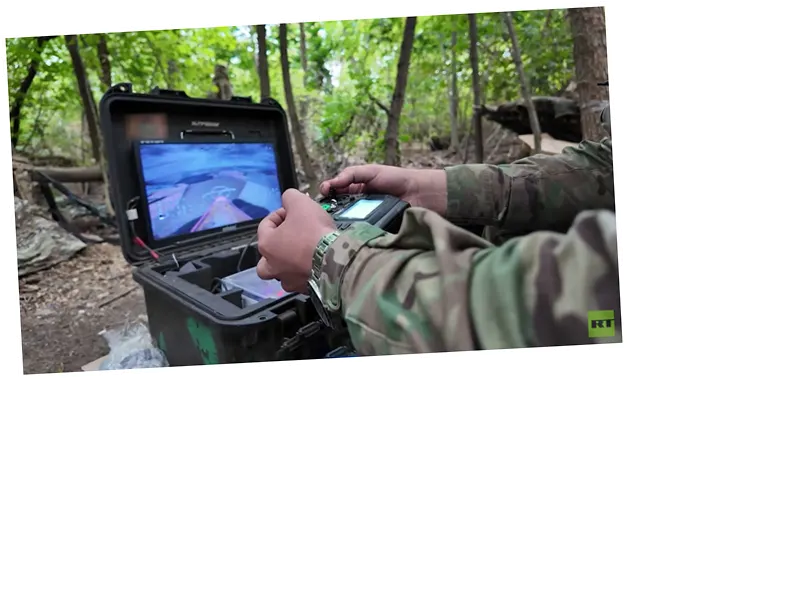The Evolving Threat of FPV Drones in Modern Warfare
In today’s battlefield, FPV drones (First-Person View drones) have become a formidable weapon, capable of executing precision strikes on enemy targets, including armored vehicles. The chilling reality of encountering these drones is vividly illustrated by a journalist's firsthand experience in a conflict zone. As they navigate treacherous terrains, the imminent threat of drone strikes looms large, making every moment a test of survival. The ability of these drones to appear unexpectedly has left soldiers and journalists alike on high alert, changing the dynamics of warfare.
The Harsh Realities of Reporting from the Front Lines
Dressed in camouflage and equipped with essential gear, the journalist recounts the challenges faced while accompanying a group of snipers on a mission. The intense heat, heavy equipment, and the constant fear of being spotted by enemy drones create a grueling environment. The physical demands of traversing the forest while carrying supplies for multiple days highlight the stark contrast between training in a gym and the reality of combat. The presence of domestic pigs, a remnant of the war's devastation, serves as a poignant reminder of the conflict's impact on both wildlife and human life.
Strategies Against Drone Warfare
As the mission unfolds, the team employs various tactics to evade detection from drones. Utilizing drone detectors and camouflage, they navigate the dense forest, aware that the changing seasons will soon impact their ability to remain hidden. The journalist expresses concern over the lack of effective countermeasures against drones, emphasizing the need for innovative strategies in modern warfare. Despite the dangers, the snipers carry out their mission with precision, successfully disrupting enemy plans without the need for dramatic action. This underscores the importance of strategic planning over mere spectacle in military operations.
- The rise of drone technology in warfare has transformed how conflicts are fought, making it essential for military personnel to adapt to new threats. The journalist's account sheds light on the psychological toll of operating in such environments, where the constant fear of drone strikes can lead to heightened anxiety and stress. Furthermore, the environmental changes observed during their mission, such as the early signs of autumn, remind us of the broader implications of warfare on nature and wildlife. As technology continues to advance, the use of drones in combat will likely increase, necessitating a reevaluation of tactics and strategies. Military forces around the world must invest in developing effective countermeasures to mitigate the risks posed by these unmanned aerial vehicles. The journalist’s experience serves as a stark reminder of the evolving landscape of modern warfare, where traditional combat strategies must be redefined to address the challenges presented by drone technology.






